Type of Plains
by Devender
0 2263
Type of Plains
- Plains:
- Structural Plains
- Depositional Plains
- Erosional Plains
- The rock layers on the earth's crust are almost aligned horizontally
- These layers are formed by horizontally bedded rocks that are undisturbed by the crustal movements of the earth
- These plains have comparatively equal levels but rise gently towards adjacent highlands
- The depositional work by rivers form extensive alluvial plains, flood plains & deltaic plains forms most productive agricultural plains of the world
- Glacial Depositional plains
- Aeolian Depositional plains
- The loess helps in leveling the undulating plain by filling up groves & depressions
- Many loess covered plains are fertile agricultural regions in the world
- Glaciers & ice sheets scour & level the land forming ice scoured plains in the glaciated regions
- Finland has around 35000 lakes covering the total surface area of the country
- The level of the land is lowered by wind erosion in the arid & semi-arid regions which are called Reg in Africa
Plains are usually the best land of a country and these are heavily cultivated & populated. The plains are even more cultivated and populated at places where a river through the plain.
For Example - Indo Gangetic Plains, Mississippi Plains & Yang-Tze plain
Some of the most extensive temperate plains are Grasslands like Russian Steppes, North American Prairies & Argentinian Pampas. The plains can be classified into 3 categories depending on their mode of formation namely:
1 Structural Plain:
Structural Plains are structurally depressed areas of the world. These make some of the most extensive natural lowlands on the earth’s surface.
For Example - Russian Platforms, Great plains of USA & Central lowlands of Australia

2 Depositional Plain:
These plains are formed by the deposition of material which is brought by various agents of transportation.
For example - Gangetic plain (for rice & jute), Nile delta of Egypt (for rice & cotton) & Hwang ho plain in China
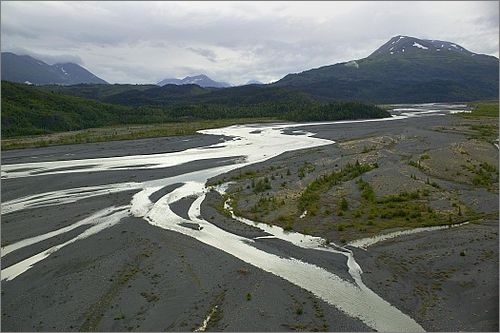
The glaciers & ice sheets deposit fluvioglacial sands & gravels in outwash plains. It may also drop boulder clay to form till plain or drift plain.
The outwash plains are usually barren lands but boulder clay may be very valuable for farming.
Winds may blow Aeolian deposits, very fine particles known as loess from interior deserts or barren surfaces & deposit them upon hills, valleys, or plains forming a loess plateau or a loess plain.
3 Erosional Plains:
The plains that are carved by the agents of erosion such as rain, river, wind, and ice are known as erosional plains. These plains are described as peneplains which means almost plains.
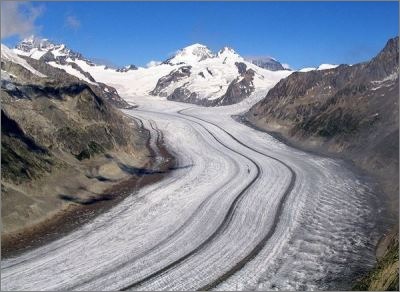
The mountain slopes are warned by mechanical weathering in arid & semi-arid areas which leaves a gentle slope known as Pediplains or Pediments, with remaining steep hills known as Inselbergs.

Share:

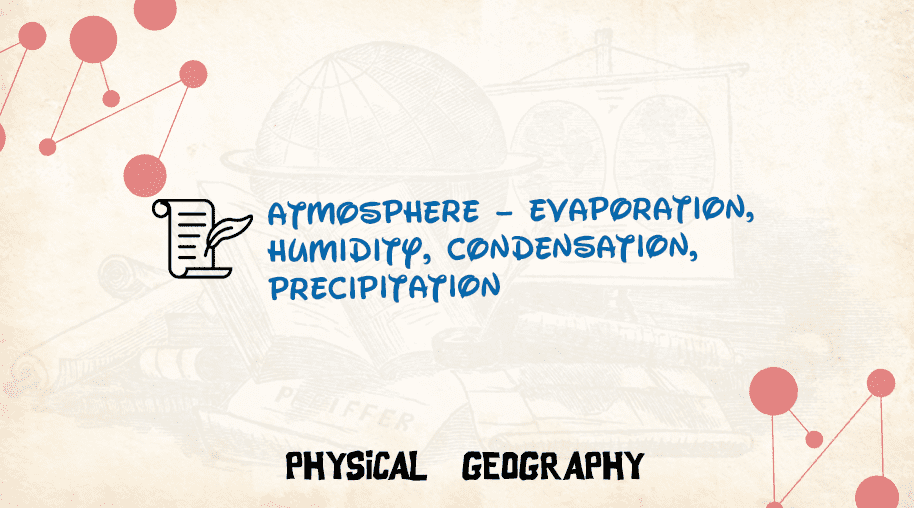
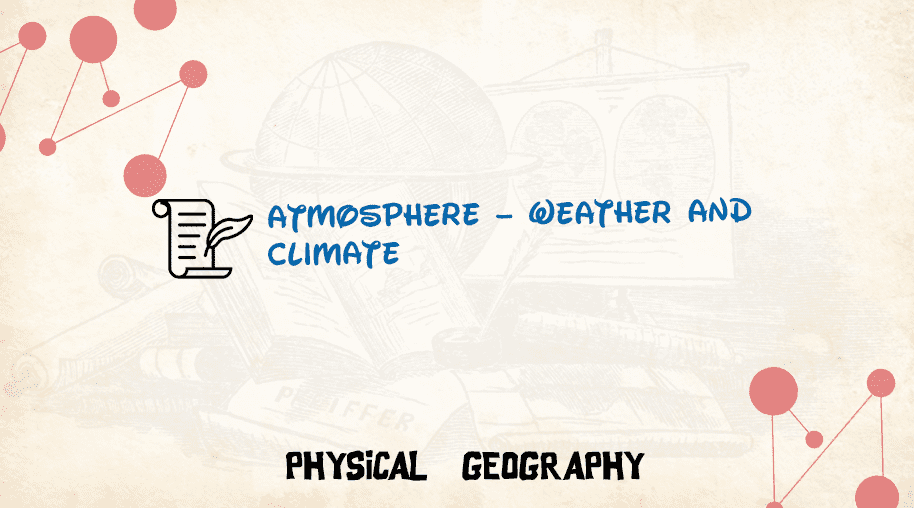
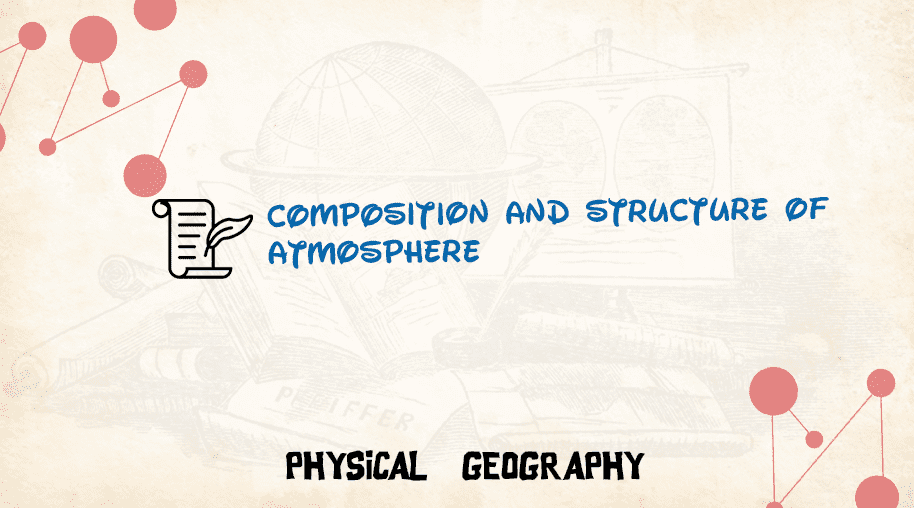
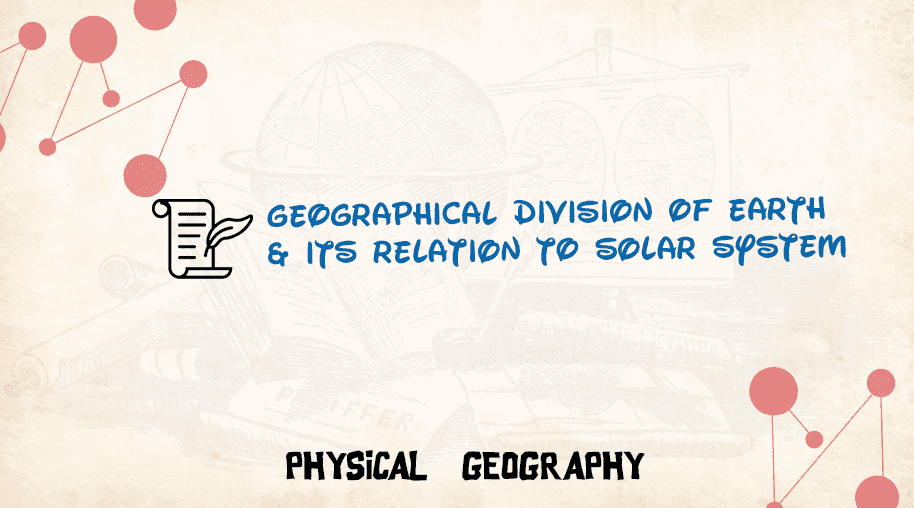


Comments
Waiting for your comments